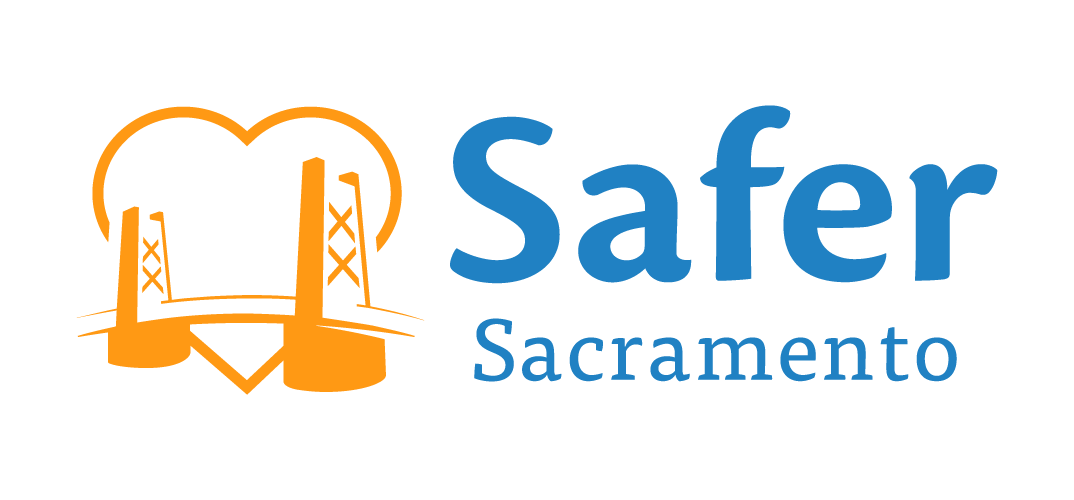The Intersection of Stigma and Illicit Substance Use
The World Health Organization defines stigma as “a mark of shame, disgrace, or disapproval that results in an individual being rejected, discriminated against, and excluded from participating in many different areas of society.” As discussed in an earlier blog, stigma around mental health and substance use disorders is widespread, leading to shame and discrimination while creating a barrier to seeking help.
Medical Condition vs. Personal Failing
Though mental illness carries significant stigma, illegal substance use disorders are the most stigmatized health condition across the world, leading to the acceptance and spread of discrimination against those who use illicit drugs. Derogatory names such as “stoner,” “tweaker,” and “druggie” carry the weight of social stigma that has persisted for decades. Misinformation, stereotypes, and lack of education guide people to believe that those suffering from the disease of addiction are weak, lazy, lacking moral character, and less worthy of compassion, care, and resources. However, substance use disorders (SUDs) are recognized in the Diagnostic and Statistical Manual of Mental Disorders, Fifth Edition (DSM-5) as legitimate health disorders impacting the brain. According to the American Society of Addiction Medicine (ASAM), “addiction is a primary, chronic disease of brain reward, motivation, memory, and related circuitry.”
Public Perception of Substance Use Disorders
In a study comparing public attitudes about drug addiction with attitudes about mental illness, researchers found a greater degree of negative biases towards individuals with illicit substance use disorders. Survey respondents were much more likely to support denial of employment and housing, and oppose increased spending on resources such as job and housing support or treatment. Only 3 in 10 respondents believed that if given appropriate treatment, individuals suffering from drug addiction could recover and move on to lead fulfilling lives. Research indicates that even friends and family of individuals with SUDs can have negative views and perpetuate the self-stigma that often prevents people from seeking treatment. Likewise, when individuals seeking recovery perceive stigma from within their social groups, they are more likely to relapse.
Further complicating discussions around stigma reduction are the complexities surrounding the root causes of substance use disorders. Marginalized communities that struggle with issues around race, sex and gender, poverty, disparities in access to resources, etc. are disproportionately impacted. This phenomenon has been seen throughout the decades from the crack-cocaine epidemic to the opioid crisis that continues to unfold across the country. As noted in Harm Reduction Journal, often, when individuals are seen as “drug users,” they face “discrimination, criminalization, unstable housing, and inability to afford care” which then exacerbates the underlying issues and deters people from seeking care.
The Hierarchy of Stigma
Which substances carry the most stigma varies depending on cultural, societal, and historical factors. However, some substances are more commonly associated with harmful stigma:
Heroin: People who inject drugs (PWID), such as the opioid heroin, can face intense social stigma, criminalization, and discrimination because of the high rate of overdose, disease, and co-occurring mental illness. They experience stigma from the general public, but also from some healthcare providers, which can further prevent them from seeking treatment.
Methamphetamine: Methamphetamine use is often stigmatized due to its association with addiction, criminal behavior, and negative health outcomes. In one particular study, researchers found a correlation between racist attitudes and the level of stigma associated with meth. They also found a higher degree of internalized (self) stigma among Black individuals who used methamphetamine.
Crack Cocaine: Cocaine use is frequently stigmatized due to its highly addictive nature and association with socially deviant behavior such as acts of violence, crime, and joblessness. People who use crack cocaine may experience alienation and discrimination, which can hinder their willingness to seek help.
Prescription Opioids: While prescription opioids are legally prescribed for pain management, they are also associated with the opioid epidemic and widespread addiction. According to the Johns Hopkins Bloomberg School of Public Health, 72% believe that people addicted to prescription opioids lack self-discipline. Individuals who misuse or become addicted to prescription opioids may face stigma from healthcare providers, employers, friends, and family thereby avoiding finding help for their addiction.
It's important to recognize that stigma is harmful and counterproductive, as it discourages individuals from accessing the care and support they need. Research reveals the correlation between rejection, alienation, chronic stress, and negative self-perception that leads individuals struggling with substance use disorders to poorer physical and mental health outcomes. Stigma also reinforces the existing cultural and economic disparities that are impacting diverse communities. Addressing stigma through education, advocacy, and compassionate support can help create a more inclusive and supportive environment for individuals struggling with substance use disorders.
Additional Resources
When you’re ready, we’re here for you. Find substance use addiction, treatment, and recovery services here.

